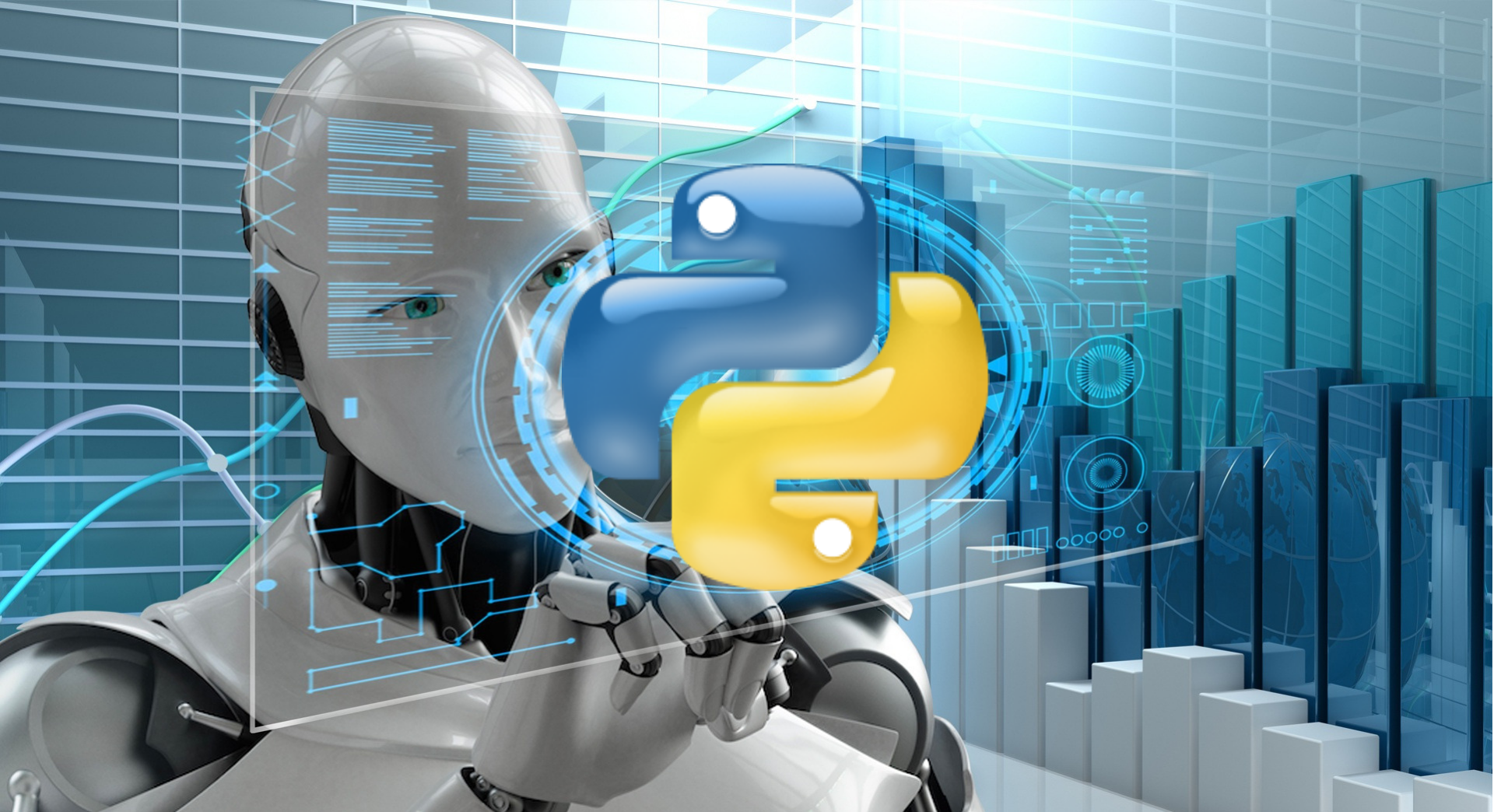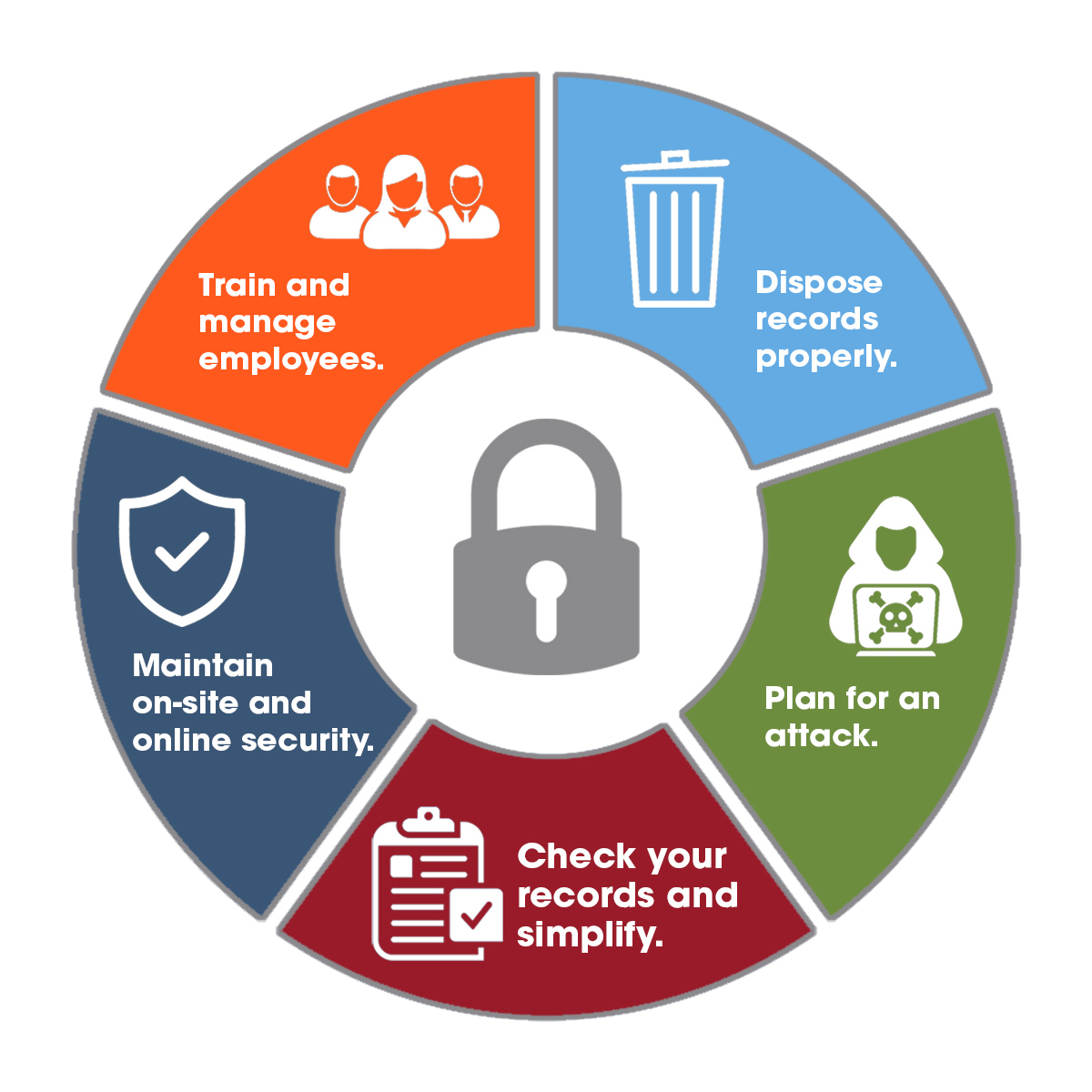Smart Watch Data Analysis With Python Presentation
| Introduction to Smart Watch Data Analysis with Python | ||
|---|---|---|
| Smart watches have become increasingly popular in recent years. These devices collect a wealth of data about our health and fitness activities. Python is a powerful programming language for analyzing and visualizing this data. | ||
| 1 | ||
| Data Collection and Preprocessing | ||
|---|---|---|
| Smart watches collect data on various metrics such as heart rate, steps taken, and sleep patterns. Python libraries like pandas and NumPy can be used to import and preprocess this data. Data preprocessing involves cleaning, handling missing values, and converting data types if necessary. | ||
| 2 | ||
| Exploratory Data Analysis | ||
|---|---|---|
| Exploratory Data Analysis (EDA) helps us understand the characteristics and patterns within the data. Python libraries like matplotlib and seaborn can be used to visualize the data through plots and charts. EDA can help identify trends, outliers, and relationships between different variables in the data. | ||
| 3 | ||
| Feature Engineering | ||
|---|---|---|
| Feature engineering involves creating new features from the existing data that may be more informative. Python libraries like scikit-learn provide tools for feature extraction and transformation. Feature engineering can improve the accuracy and performance of machine learning models. | ||
| 4 | ||
| Machine Learning Modeling | ||
|---|---|---|
| Python offers a wide range of machine learning libraries such as scikit-learn and TensorFlow. These libraries can be used to build predictive models for activities like heart rate prediction or sleep quality classification. Machine learning algorithms like regression, classification, and clustering can be applied to the smart watch data. | ||
| 5 | ||
| Model Evaluation and Validation | ||
|---|---|---|
| Evaluating and validating machine learning models is crucial to ensure their accuracy and reliability. Python provides tools like cross-validation and metrics such as accuracy, precision, and recall. Model evaluation helps us understand the performance of our models and make necessary improvements. | ||
| 6 | ||
| Real-Time Data Analysis | ||
|---|---|---|
| Python libraries like Flask and Django can be used to develop web applications that analyze smart watch data in real-time. Real-time data analysis allows for immediate feedback and insights. Applications can provide personalized recommendations and insights based on the user's smart watch data. | ||
| 7 | ||
| Data Privacy and Security | ||
|---|---|---|
| Smart watch data often contains sensitive personal information. Python provides libraries and frameworks for ensuring data privacy and security, such as cryptography and secure coding practices. It is important to handle and store smart watch data securely to protect user privacy. | ||
| 8 | ||
| Challenges and Opportunities | ||
|---|---|---|
| Analyzing smart watch data with Python presents various challenges, such as data quality and ethical considerations. However, it also opens up opportunities for improving health monitoring, personalized recommendations, and preventive healthcare. Python's flexibility and extensive libraries make it a powerful tool for smart watch data analysis. | ||
| 9 | ||
| Conclusion | ||
|---|---|---|
| Python is a versatile language for analyzing smart watch data, enabling insights into health and fitness activities. Through data collection, preprocessing, exploratory analysis, machine learning modeling, and real-time applications, Python empowers data-driven decision-making. Leveraging Python for smart watch data analysis can contribute to improving health outcomes and enhancing user experiences. | ||
| 10 | ||
| References (download PPTX file for details) | ||
|---|---|---|
| [1] Pandas: https:// pandas.pydata.org/ ... [2] NumPy: https:// numpy.org/ ... [3] Matplotlib: https:// matplotlib.org/ ... |  | |
| 11 | ||









